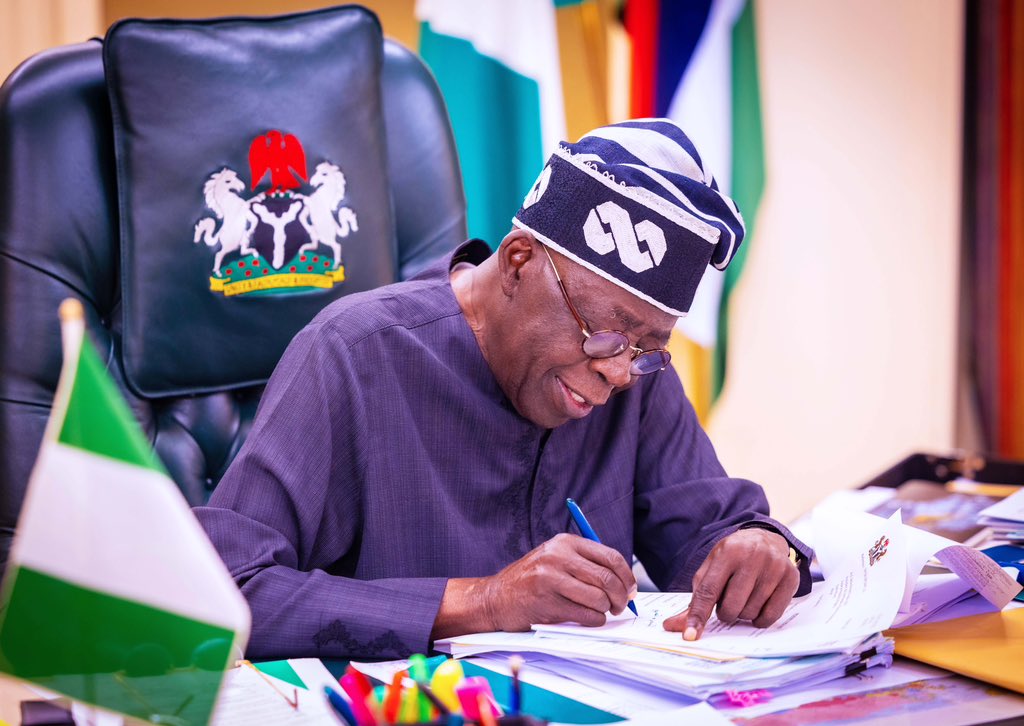The Nigerian textile industry is struggling to survive due to failed revitalization measures, a surge in textile imports, and a series of unfavorable monetary policies.
Nigeria once boasted a thriving textile industry, with a robust domestic market and significant exports to West Africa from the 1970s to the 1990s. During this period, the textile sector significantly contributed to Nigeria’s GDP and employment, with around 180 textile mills employing over one million workers at its peak in 1990. This period also saw extensive backward integration with the cotton production value chain.
Industry experts cite several reasons for this collapse, including rampant smuggling and importation, inadequate power supply for the energy-intensive industry, inconsistent government tariff policies, insecurity in cotton-producing regions, foreign exchange issues, and high funding costs, making local products uncompetitive against imports.
Unsuccessful Revitalization Efforts
Despite the federal government’s attempts to revive local production through protectionist policies, the textile industry has continued to decline, leading to increased textile imports. The Central Bank of Nigeria (CBN) has introduced various interventions, such as financial support, training programs, and foreign exchange restrictions on textile imports at the official exchange market, but these measures have not significantly boosted the sector.
Rising Import Trends
Data from the National Bureau of Statistics (NBS) from 2019 to 2023 reveals a continuous increase in textile imports. During this period, total textile trade amounted to N1.5 trillion, with imports making up N1.4 trillion (96.5%), while exports totaled only N50.7 billion (3.5%), indicating a substantial trade deficit of N1.384 trillion and highlighting a heavy reliance on imported textiles.
In 2019, textile imports were valued at N220.5 billion, rising to N377.1 billion by 2023. Meanwhile, textile exports, primarily cotton and apparel, fluctuated between N3.3 billion in 2019 and N18.8 billion in 2023. The rise in export values is largely due to local currency depreciation, as the export value in USD terms has steadily declined.
In the first quarter of 2024, NBS reported a total textile trade value of N186.94 billion, with imports at N178.45 billion (95.5%) and exports at just N8.49 billion (4.5%), showing a deficit of N169.96 billion. This decline reflects the impact of exchange rate issues and the overall economic downturn, according to industry stakeholders.
Declining Sector Performance
The sector’s contribution to Nigeria’s GDP has consistently declined over the years. NBS data shows a drop in the textile sector’s GDP contribution from 2.02% (N1.442 trillion) in 2019 to 1.63% (N1.247 trillion) in 2023. In Q1 2024, the sector contributed a negative 1.75% to GDP, making it one of the worst-performing sectors.
Impact of Monetary Policies on Competitiveness
The Manufacturers Association of Nigeria (MAN) criticizes the CBN’s tight monetary policies, which they argue reduce the competitiveness of Nigerian products globally. According to MAN’s Director General, Segun Ajayi-Kadir, the manufacturing export value declined by 166% from N2.07 trillion in 2019 to N778.44 billion in 2023. High lending rates have also led to a significant drop in the share of manufacturing exports, exacerbating the competitiveness issues.
Call for Action and Policy Enforcement
Ajayi-Kadir advocates for the enforcement of Executive Order 003, aimed at promoting local production and reducing import reliance. He suggests addressing structural constraints to lower production costs and creating a favorable environment for investment and expansion. This could include implementing a cluster industrial framework for efficient domestic and export production.
John Adaji, the former President of the National Union of Textile Garment and Tailoring Workers of Nigeria (NUTGTWN), supports enforcing Executive Order 003, emphasizing the potential of the textile industry to create two million jobs. He calls for government investment and a deliberate revival strategy, citing South Africa’s successful “Buy South Africa” Campaign as a model.
Federal Government’s Revamp Efforts
The Federal Government has initiated plans to rejuvenate the cotton, textile, and apparel industry in collaboration with development partners and the private sector. Minister of Industry, Trade and Investment, Doris Uzoka-Anite, announced securing $3.5 billion in investments to revitalize the sector. These efforts aim to restore the industry’s contribution to the economy, create jobs, and reduce poverty by leveraging Nigeria’s market size and cotton availability.
A Memorandum of Understanding (MoU) with Afreximbank to establish a $3.3 billion Nigeria Industrialisation Financing Facility aims to revamp the textile value chain, creating 20,000 jobs. This initiative targets the cotton belt and seeks to restore Nigeria’s textile industry to its former prominence from the 1980s and 1990s.













